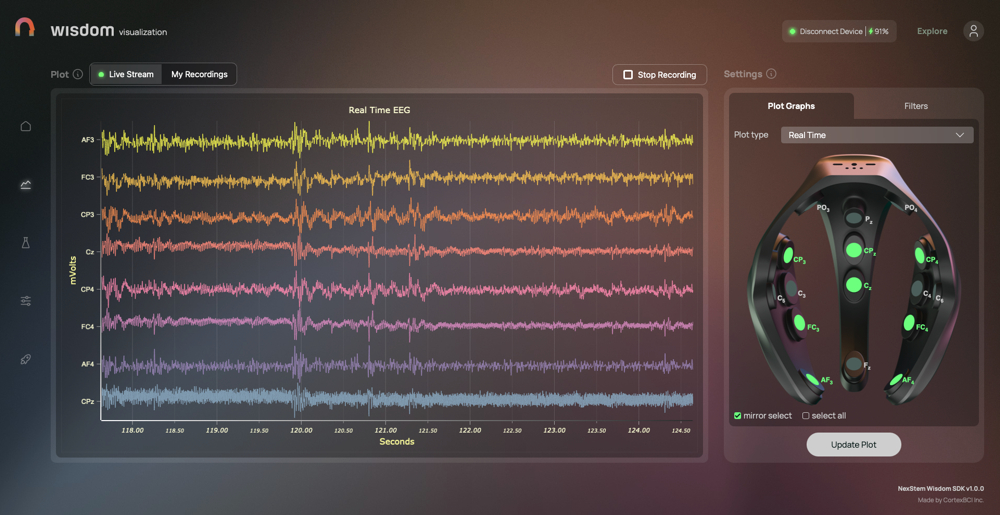The year is 2040, you open your eyes after a good night’s rest and immediately answer emails, turn on the light, respond to texts, and make plans with friends- all without picking up your phone.
The average American spends 7 hours and 4 minutes looking at screens each day, making up almost half of the time the average person is awake during the day. So, what difference would living life through virtual and augmented reality really have? It all started with the rapid progression of social media and smartphones, with Mark Zuckerberg paving a social media empire leading up to the development of Facebook and acquisition of Instagram. Zuckerberg’s access to the world’s most engaged-with social platforms led him to reach further- creating a new reality called “The Metaverse”. A reality that could be anything you want it to be, with the ability to simulate touch, smell, taste, sound, and imagery almost as detailed as the real thing. The virtual Metaverse was initially meant to be facilitated through the use of virtual reality headsets, but with the ongoing development of brain-computer interfaces (BCI), and Elon Musk’s ‘Neuralink’, this ‘virtual’ reality could be a lot less virtual than we initially thought.
BCI’s consist of invasive implantation of electrode grids which record neurons in the brain as they fire. The electrode recordings then work with pre-established algorithms to ‘decode thoughts and intentions’. Prior to much recent commercial engagement, brain machine interfaces and BCI’s were primarily developed and intended for use by individuals with disabilities.
Joseph Vukov PhD, a neuroethicist investigating the morality regarding recent developments in BCI, discussed the different implications of brain reading devices. Vukov’s lecture addressed medical implications of BCI’s, particularly how they aid disabled individuals with movement and communication. Aside from manufacturing a new reality, brain computer interfaces can be used to decode intentions of movement and communication; which could change lives. On the other hand, the concept of controlling computers with our brains sparked the interest of investors/entrepreneurs hoping to change the way we interact with our devices. Typing with our thoughts could be something useful to everyone, right? Elon Musk thought just that when he developed Neuralink’s brain chip, a BCI that could soon replace our smartphones and smartwatches while simultaneously ‘curing neurological diseases like Parkinson’s’.
With the ongoing development of a virtual universe, brain-computer interfaces are the perfect candidate for bridging the real world and the metaverse. Companies involved in the development of the Metaverse have been investing in technology that allows thought controlled devices noninvasively. This means that using brain-computer interfaces to enter a virtual universe could be as easy as putting on an EEG-recording headband and AR glasses. Noninvasive headbands work similarly to implants like Neuralink by recording EEG signals and decoding them through algorithms. Alongside the noninvasiveness, EEGs are cheaper, more accessible, and easier to study when compared to brain chip implants. The accessibility of noninvasive BCIs could mean that the metaverse as a new reality is closer than we think. By the time Neuralink becomes more readily accessible by continuing to engage in human trials and gaining approval from the FDA, its widespread use in tandem with the Metaverse is an obvious byproduct.
 |
| Source |
The development of using BCI’s such as the noninvasive headband and Neuralink in a virtual universe illustrate the significance of technology recreating what reality really is. What was once excessive screen time will soon become our normal, everyday reality.
Sources Referenced

No comments:
Post a Comment